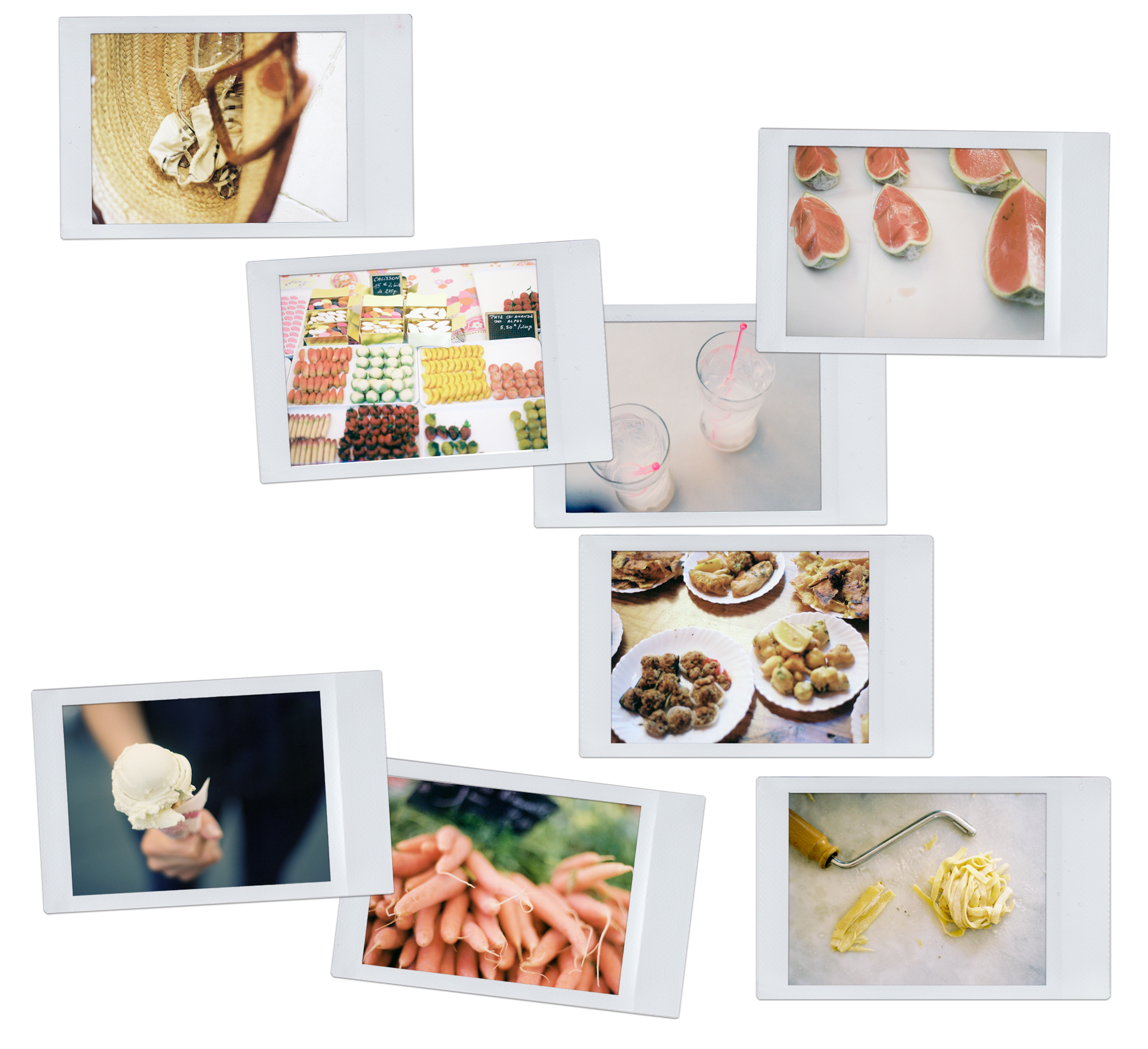
I’m not quite sure how I escaped it, but I only came across New York City’s Levain Bakery cookies a few months ago, despite their legendary status.
After hours of research – comparing recipes, watching a 2008 video where the bakery’s founders shape the dough together . and a few tests in my own kitchen, I finally have a go-to recipe. Not quite the same as a flight to New York, but close enough.
Six-ounce cookies with a deep golden crust and a fudgy crumb. I baked a few straight away, then tucked the rest into the freezer for later – because knowing they’re there, waiting, is a pleasure in itself.
New York City’s Levain-style chocolate chip cookies
Notes
For smaller cookies, divide dough into 60-70g portions and bake for 10-12 minutes. On freezing cookie dough balls
To freeze dough balls, place them on a tray lined with baking paper and freeze until solid. Then, transfer them to a freezer bag. To remove excess air without a vacuum sealer, insert a straw into the bag’s opening, seal the bag around the straw, and suck out the air. Quickly seal the bag upon removing the straw. When ready to bake, place the frozen dough balls directly on a baking sheet and bake, adding a couple of extra minutes to the usual baking time. On vanilla sugar
Vanilla sugar is a staple in many French and Swedish homes. However, a teaspoonful of vanilla extract will do the trick if you don’t have any on hand. If you wish, you can even make your own vanilla sugar. I always collect used vanilla pods, wash them if needed, and leave them to dry in a pot in my skafferi [pantry] until crisp. Then, I mix 3-4 dried pods with 200-300g of caster sugar, grind them to a powder, and store it in an airtight container.
Ingredients
- 115 g salted butter at room temperature
- 200 g light muscovado sugar
- 50 g golden caster sugar
- 1 tsp vanilla sugar
- 1 tsp flaky sea salt
- 2 eggs
- 300 g plain flour
- 1½ tsp baking powder
- 1 tsp baking soda
- 250 g walnuts roughly chopped
- 300 g dark chocolate chips I used Callebaut’s 56.9%
Instructions
- Preheat the oven to 190°C / fan 170°C. Line one or two baking sheets with baking paper.
- In a large mixing bowl, beat the butter, sugars, and salt until creamy, about 3 minutes.
- Add the eggs, one at a time, mixing well after each addition.
- In a separate bowl, whisk together the flour, baking powder, and baking soda. Add to the wet ingredients and mix until just combined. Fold in the walnuts and chocolate chips.
- Divide the dough into 8 rough balls, about 160-170g each. Shape them loosely into balls.
- Place on the lined baking sheet, spacing them apart.
- Bake for 14-16 minutes, until the tops are golden brown with lighter patches. Let the cookies set on the hot tray for at least 10 minutes before moving them – this allows the centers to firm up.
- Allow to cool down completely, and store into an airtight container.
















